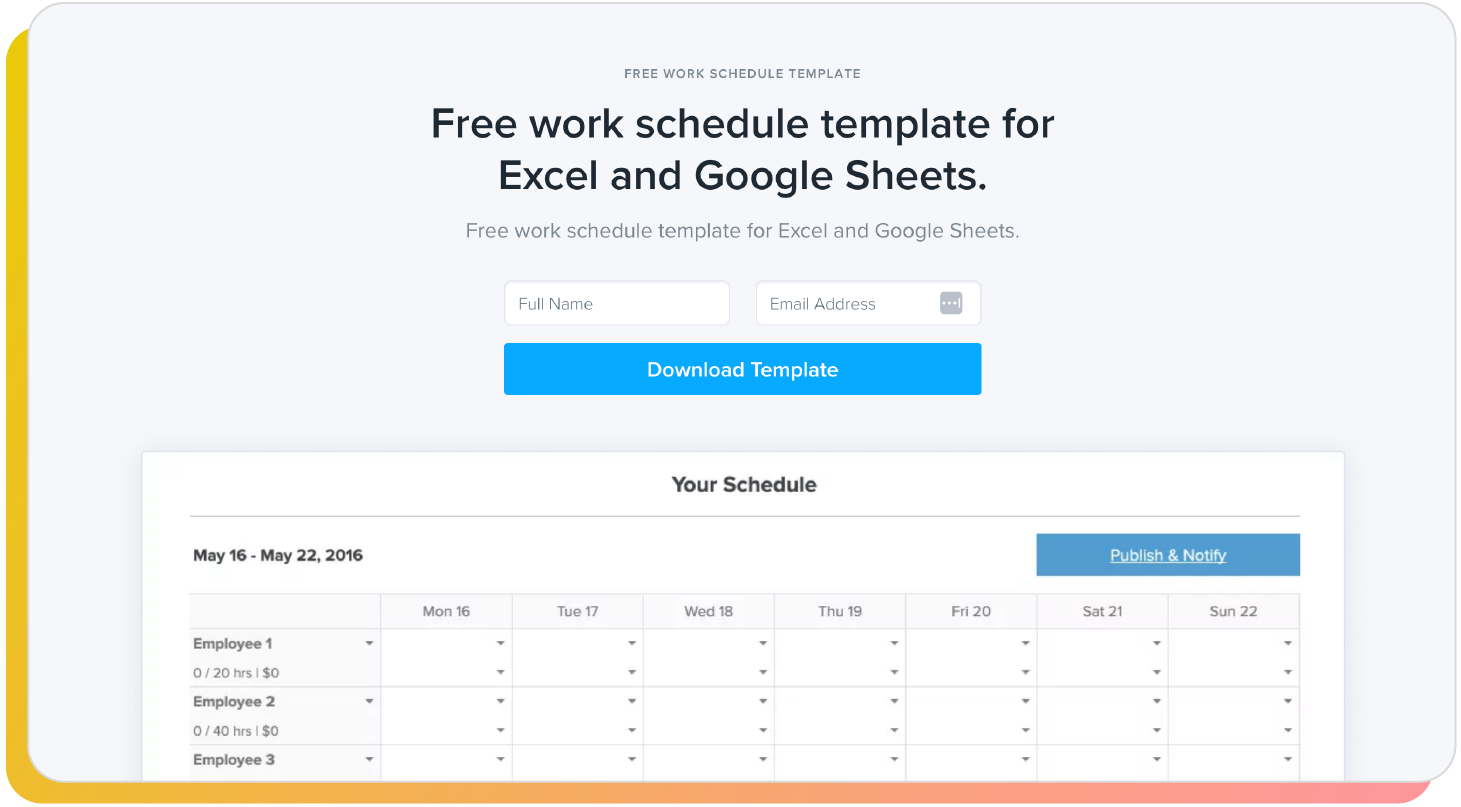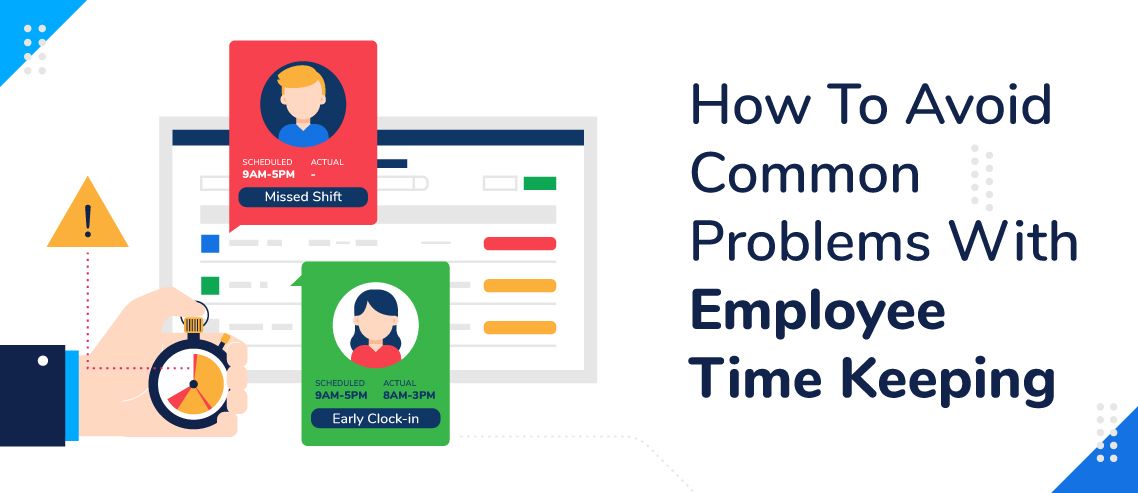Everything You Need to Know about Manual Overtime

Mandatory overtime is legal as long as the employer does not risk a worker’s health, violate a pre-settled term, or hold you back without compensation.
But that’s just the surface of the matter. There are more do’s and don’ts of manual overtime (i.e., conditions that make it legal or illegal).
In this post, we’ll shed light on these conditions and explore manual overtime in detail. Let’s dive in!
What is mandatory overtime?
Mandatory (or manual) overtime refers to a policy where employees are required to work additional hours beyond their regular schedule, often exceeding the standard 40-hour workweek. Employers implement mandatory overtime to:
- Meet increased demand
- Address unexpected workloads
- Manage staffing shortages
Although this practice can benefit businesses by ensuring continuity in operations, it can also raise concerns among employees. That’s because mandatory overtime often leads to employee burnout, decreased job satisfaction, and strained work-life balance
However, businesses may still implement it when there are urgent deadlines, additional essential tasks to be completed, or if there’s a need for extended operational hours. Some of the most common industries that utilize mandatory overtime are healthcare, manufacturing, and retail.
Is mandatory overtime legal in the US?
It is generally legal for employers to mandate extra working hours as long as they meet a few set conditions. These conditions are set by the US Fair Labor Standards Act (FLSA) and they say:
- Overtime pay must be at least one and a half times the regular rate of pay. For example, if an employee’s regular hourly rate is $15, their overtime rate should be at least $22.50 per hour.
- Non-exempt employees are eligible for overtime pay. Exempt employees, such as certain salaried employees, may not be entitled to overtime pay.
- Non-exempt employees generally must receive overtime pay for hours worked beyond 40 in a workweek.
- For unionized workers, collective bargaining agreements may specify conditions under which employers can demand overtime work hours.
- If manual overtime risks the health or safety of workers, it is subject to legal scrutiny. Employers cannot require employees to work more than 12 hours in a single day or more than 60 hours in a week regardless of proper compensation.
If an employer violates employment laws, employees can address the situation in various ways. The most appropriate course of action is reporting to the internal team or making use of whistleblower protections.
However, if internal reporting does not resolve the issue, employees can file a complaint with relevant government agencies, such as the U.S. Department of Labor

Get your free work schedule template here.
How can businesses avoid mandatory overtime?
Businesses that aim to develop a healthy work environment while maintaining productivity can implement the following strategies to avoid or minimize the need for mandatory overtime:
1. Strategic workforce planning
Business owners should analyze the historical data of their business operations to predict busy periods and then allocate resources accordingly. When a peak season with a heavy workload is upcoming, employers can hire additional temporary staff, redistribute workloads, or implement flexible scheduling to meet demand without mandatory overtime.
2. Cross-training and skill development
Businesses can also eliminate mandatory overtime by investing in cross-training employees and developing a multi-skilled workforce. When there are fluctuations in workload, this will help address staff shortages much more efficiently and minimize the need for extended work hours.
3. Automate systems where possible
Technology and automation can streamline workflows and save significant amounts of time. This, in turn, can enhance productivity and reduce the need for extended work hours.
For example, if you have a product-based business, you can adopt smart manufacturing technologies where IoT devices provide real-time insights into equipment performance. This allows predictive maintenance and minimizes downtime. This makes production cycles more reliable and reduces the urgency for overtime to compensate for unexpected delays.
4. Incentives for voluntary overtime
This strategy doesn’t eliminate manual overtime but is a good way to make it less burdening for employees.
Instead of making overtime work hours compulsory, businesses can create incentive programs for voluntary overtime. This incentivization may include offering additional pay, extra time off, or other perks. It can be motivating for employees to step up during busy periods without feeling compelled to do so.
5. Flexible work arrangements
Consider allowing your employees to adopt flexible work arrangements such as compressed workweeks, telecommuting, or hybrid working mode. It provides them with alternative ways to meet their responsibilities. This flexibility can contribute to a better work-life balance and reduce the necessity for mandatory overtime.
6. Regular policy reviews
Regularly reviewing overtime policies is essential for a well-functioning workplace. Check if the current overtime rules align with company needs and employee well-being. You can also collect feedback to understand how these policies impact staff.
Plus, clear and up-to-date policies not only prevent misunderstandings but also demonstrate a commitment to a fair and supportive work environment.
Bonus tip: Invest in employee morale
If your business requires employees to stay back and commit to more work hours, consider investing in things that boost employee morale. For example, you can invest in team-building activities, recognition awards, and certificates. You can also work to develop open communication channels — where employees feel free to talk to the leadership.
In the long run, this would mean employees would be ready to go the extra mile for the business’s success.
How can employees avoid mandatory overtime?
Employees can avoid mandatory overtime by implementing the following:
- Communicate your workload concerns to your manager or supervisor. Explore alternatives like task delegation or restructuring for better distribution.
- Set realistic goals and use time management tips to enhance efficiency during regular working hours.
- Try negotiating for flexible schedules or remote work options to accommodate personal commitments.
- Engage with HR or employee representatives to address workload concerns. This ensures that your employing company actively adheres to labor laws and promotes fair working conditions.
- During your paid time off, switch off from work completely. Utilize your vacations to relax and detach from work. This won’t help you avoid mandatory overtime but will allow you to return to work more energetic and capable of handling an increased workload (if need be).
- Proactively plan your work hours. If you anticipate a peak work period, plan your personal commitments accordingly. This won’t eliminate overtime but will reduce the fear of missing out when extra work hours occupy your time.
Manual Overtime Frequently Asked Questions (FAQs)
Can you force federal employees to work overtime?
Federal employees cannot be forced to work overtime against their will and availability. However, if there are urgent tasks and demand for more availability, employers can request overtime in accordance with the conditions set by the FLSA.
How do you say no to overtime?
You can say no to overtime by politely communicating schedule conflicts, personal commitments, or the need for work-life balance. Offer alternatives like task prioritization or rescheduling.
How much overtime is too much?
Excessive overtime varies by individual tolerance and local regulations. Some people can work for 70-80 hours per week while others are easily exhausted at 50 hours/week.
Will I get my overtime taxes back?
Overtime pay is subject to taxes and refunds depend on your overall tax situation
Does overtime count as income for a mortgage?
Yes, overtime does count as income when applying for a mortgage. Lenders consider your overtime pay along with your regular income to assess your ability to make mortgage payments. Given that, it’s better to have a consistent and documented overtime history for a more stable financial picture.
How much notice is required for mandatory overtime?
The notice period for mandatory overtime varies by employer and may be outlined in employment contracts or company policies. We recommend checking with your HR department for exact details.
How do you calculate overtime?
Overtime is typically calculated as 1.5 times the regular hourly rate.
What is fixed overtime?
Fixed overtime refers to a set additional payment for extra hours worked. This payment is included in your salary every month and you’re expected to work a certain number of overtime hours.
JD enjoys teaching people how to use ZoomShift to save time spent on scheduling. He’s curious, likes learning new things everyday and playing the guitar (although it’s a work in progress).


